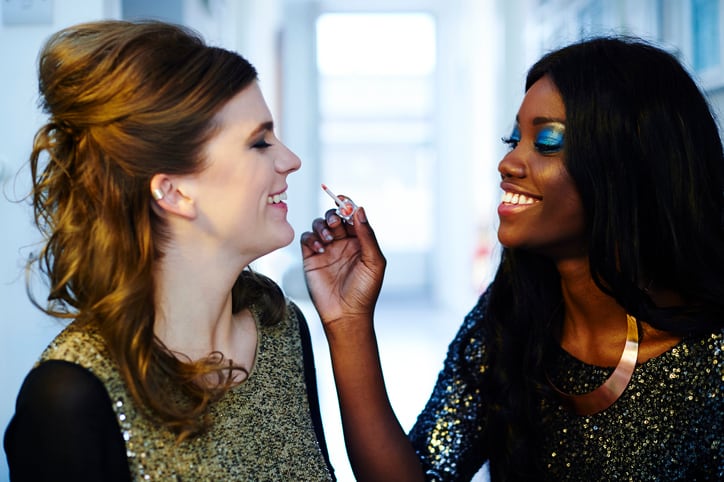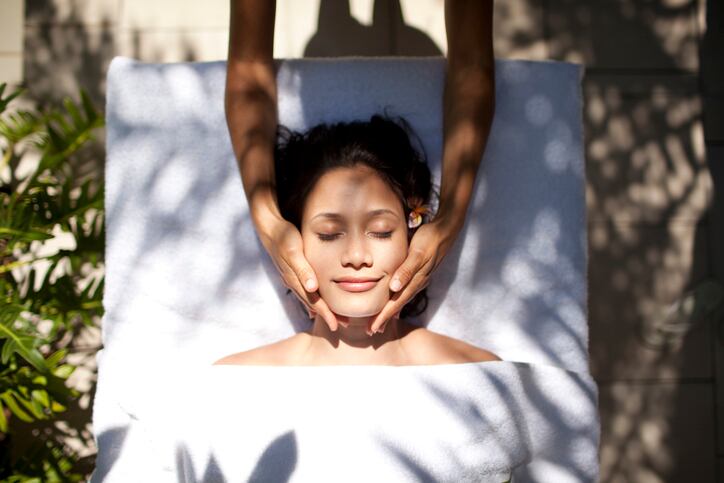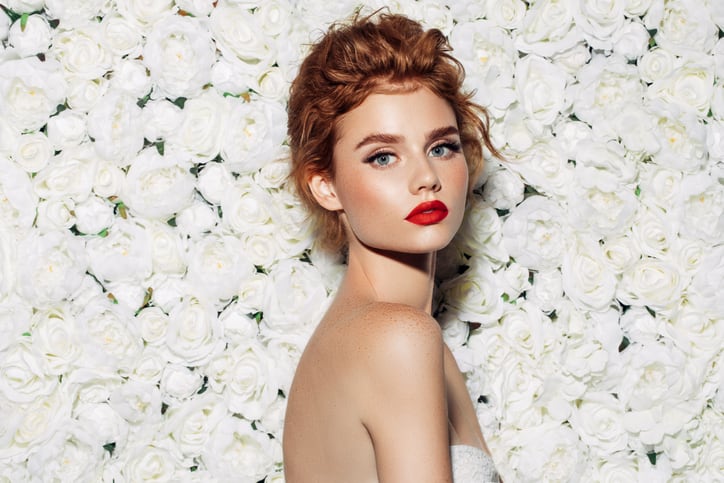COVID-19 certainly turned beauty on its head. And many of the pandemic consumer trends – think skin care over makeup and wellbeing over image – had since entrenched firmly into the ideals and expectations of beauty consumers worldwide. But as consumers and industry emerged from the pandemic, beauty now had opportunity to bring joy and fun back into consumer lives – an opportunity coined ‘joyology’ by Beautystreams.
So, how exactly could brands work to inspire positivity through product development and marketing? And were there areas of industry better placed to do so?
CosmeticsDesign-Europe caught up with Nathaniel Davis, an independent multi-sensory marketing expert and experienced professor offering online professional training across fragrances and flavours.
A generation of different ‘need states’
Davis said beauty innovation pipelines today had to focus on “facilitating consumers to emerge from the gloom of COVID”. Why? Because today’s beauty consumer, or generation, had an evolved and thus different set of need states than pre-pandemic, he said.
Beauty consumers, he said, no longer wanted cosmetics and care products to look good for others, rather the focus was on oneself and promoting personal feelings.
“As such, there has been a shift in the beauty industry towards promoting makeup as a source of joy, creativity, and fun, rather than solely conforming to societal beauty standards or seeking external validation,” Davis said. “Makeup is now being encouraged as a means of self-expression, joy, and personal enjoyment, rather than for the approval of others.”
Today, therefore, some “older incumbent brands” no longer held the same appeal, he said. “…Some very major brands are in trouble, while others look to have great growth potential.”
Davis said brands succeeding in the creation of true emotional connections with today’s beauty generation included the likes of Drunk Elephant, The Ordinary, CeraVe and Glossier. “These were built brilliantly by their products, branding and advertising relevant to the values of the young, to provide a constantly updated fit with the zeitgeist.”
Sensory smart – ‘silky textures’, ‘delightful scents’ and ‘satisfying sounds’
But, importantly, these brands had built out these connections via smart sensory innovation, he said. Drunk Elephant, CeraVe and Glossier had all turned to texture, fragrance and sensorial delights, for example, to create an “enjoyable and joyful experience for consumers”, he said.
“The best beauty brands are incorporating interesting textures and sensorial elements into their products, such as creamy or silky textures, delightful scents, and unique application experiences. This can evoke a sense of pleasure and enjoyment during the application process, making it a sensory experience that brings joy and fun to consumers.”
Successful brands were also incorporating aromatherapy and fragrance into products, he said, to promote relaxation, uplift mood, and create a sensory experience. This included use of natural essential oils, botanical extracts or uplifting scents that evoked positive emotions and contributed positively to an overall beauty routine, he said.
But beyond formulation, packaging was also playing a “significant role” in creating delightful sensory experiences for beauty consumers, Davis said.
“Beauty brands are using packaging materials that feel luxurious to touch, create satisfying sounds when opened or closed, or have unique interactive elements like pop-up features or hidden compartments,” he said. “These multi-sensory packaging experiences can create a sense of excitement and playfulness for consumers, enhancing their overall enjoyment of the product.”
Sensory but functional makeup and free beauty expression
Looking ahead, Davis said the sensory experience of makeup would rise in importance alongside continued focus on functional ingredients. Hydrating primers that include SPF protection, for example, offered feel-good and functional formulas, he said, with Sugergloops! Glowscreen one good example.
Across the entire beauty category, he said the future would be in “creating a sensory journey” that encouraged self-acceptance, creativity and a sense of liberation in expressing oneself through their makeup, hair styles and care rituals.




